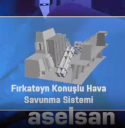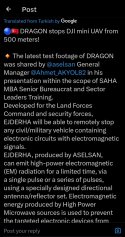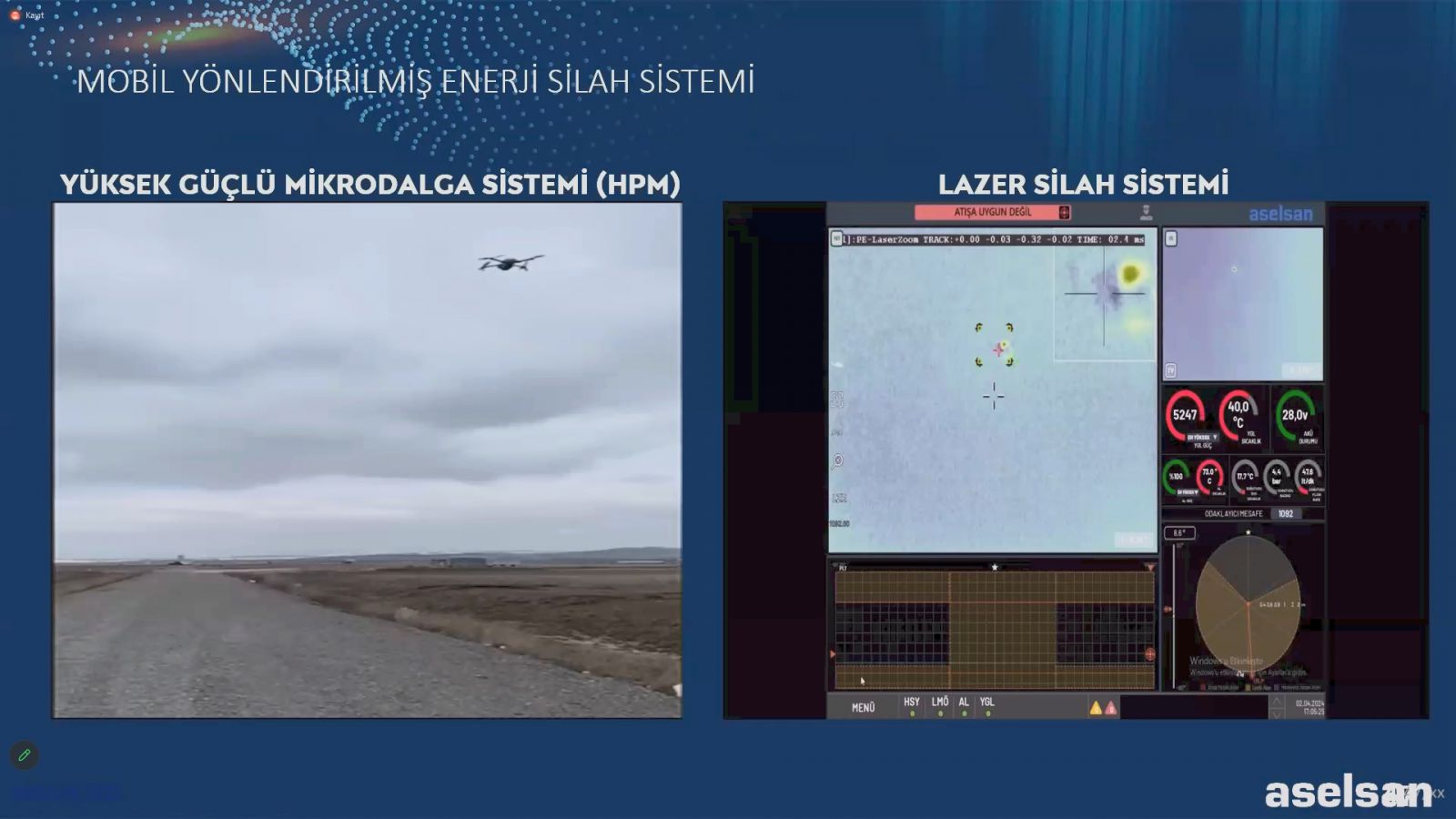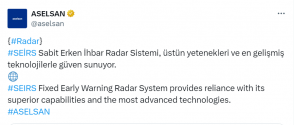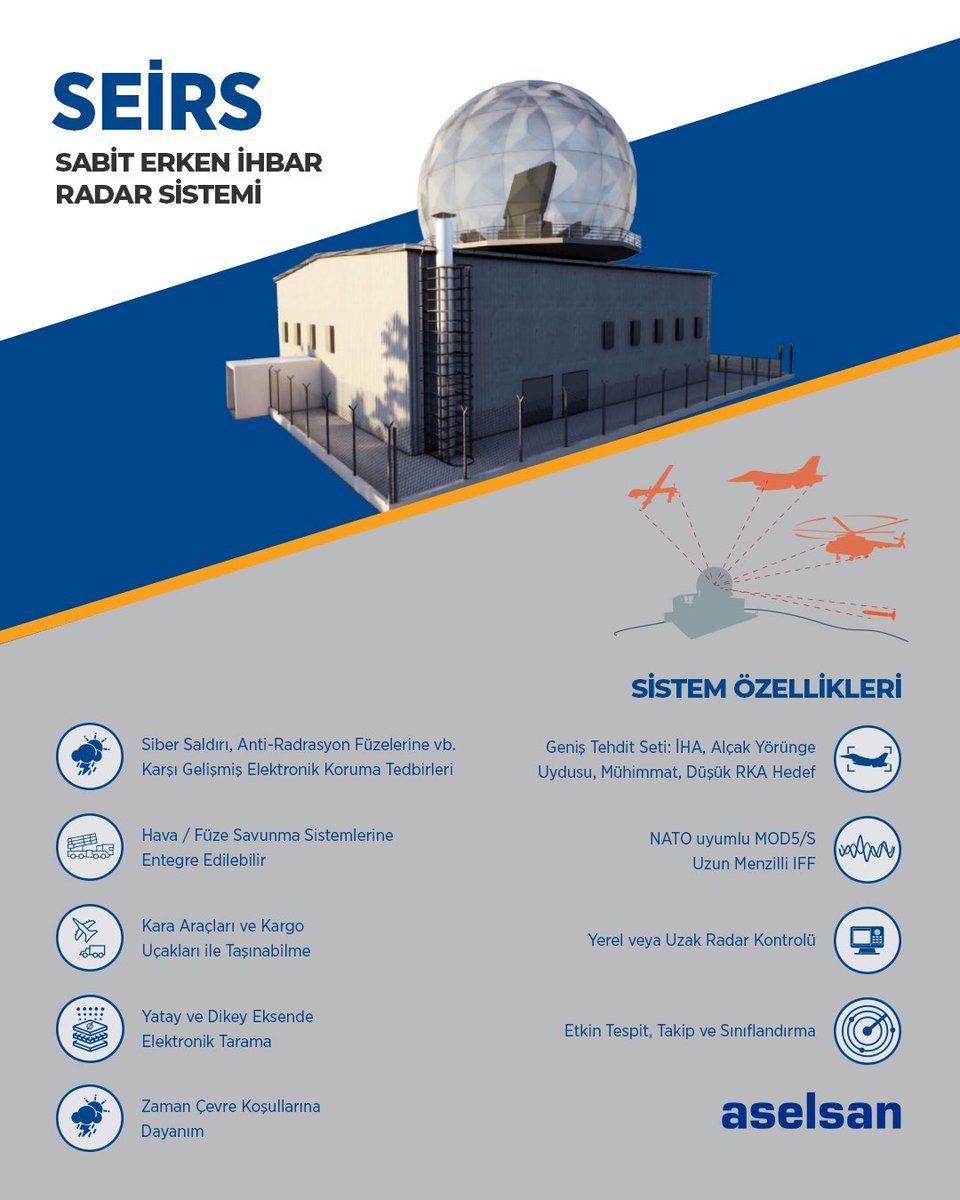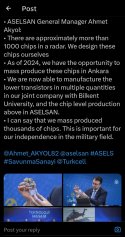You are using an out of date browser. It may not display this or other websites correctly.
You should upgrade or use an alternative browser.
You should upgrade or use an alternative browser.
Turkey Military News, Reports, Data, etc.
- Thread starter Jeff Head
- Start date
Minister of National Defense Yaşar Güler received the President of Vietnam Defense Industry, Lieutenant General Quang Tuan, who came to Ankara to closely examine the Turkish defense industry and cooperate in the field of defense industry, at the Ministry of National Defense.
Turkish IADS visualised:Looks like they are planning for 8x Hisar-O+ SAM for the Hisar class OPV.
View attachment 128538
Or perhaps a different missile? VL Goktug?
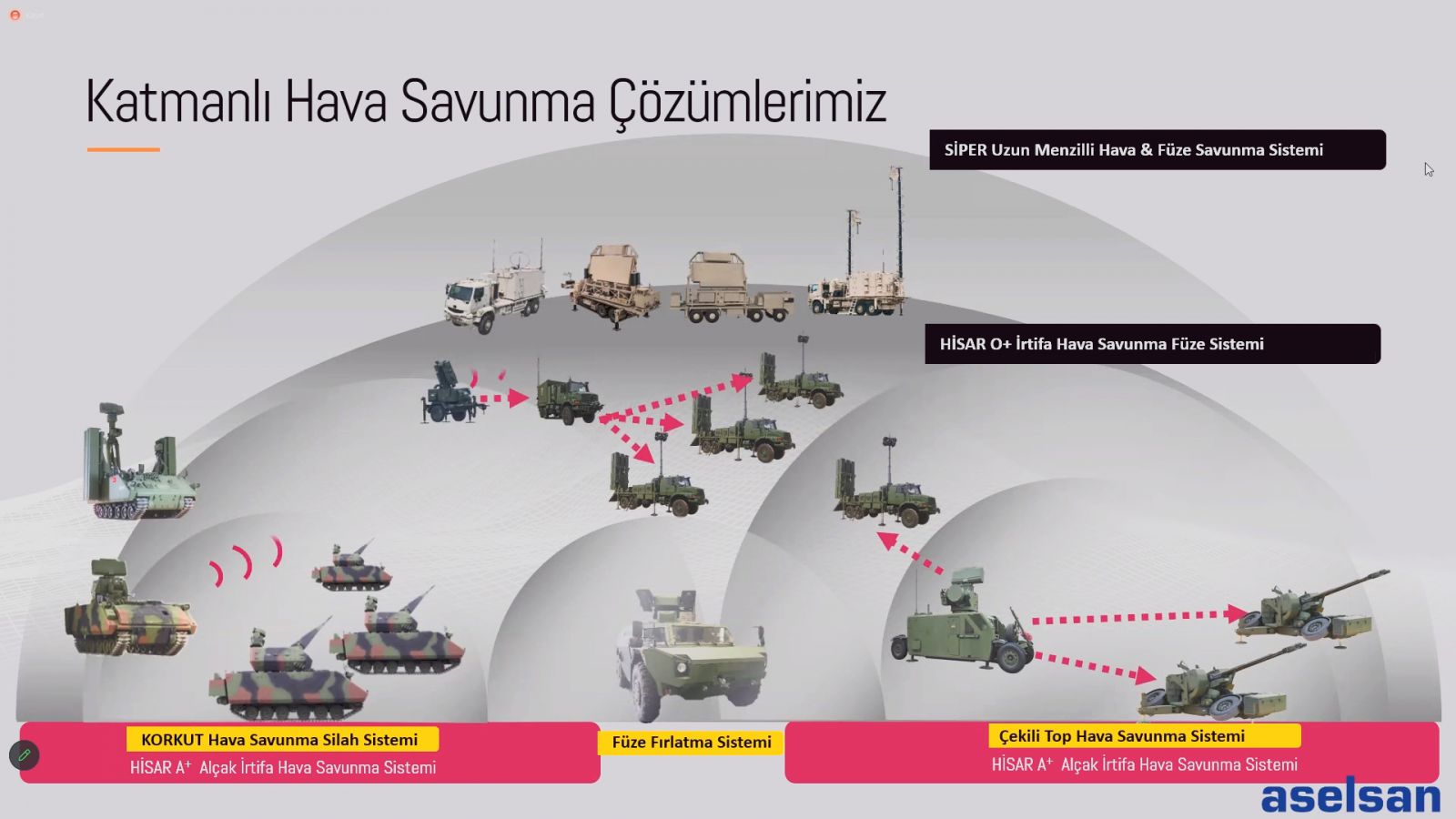
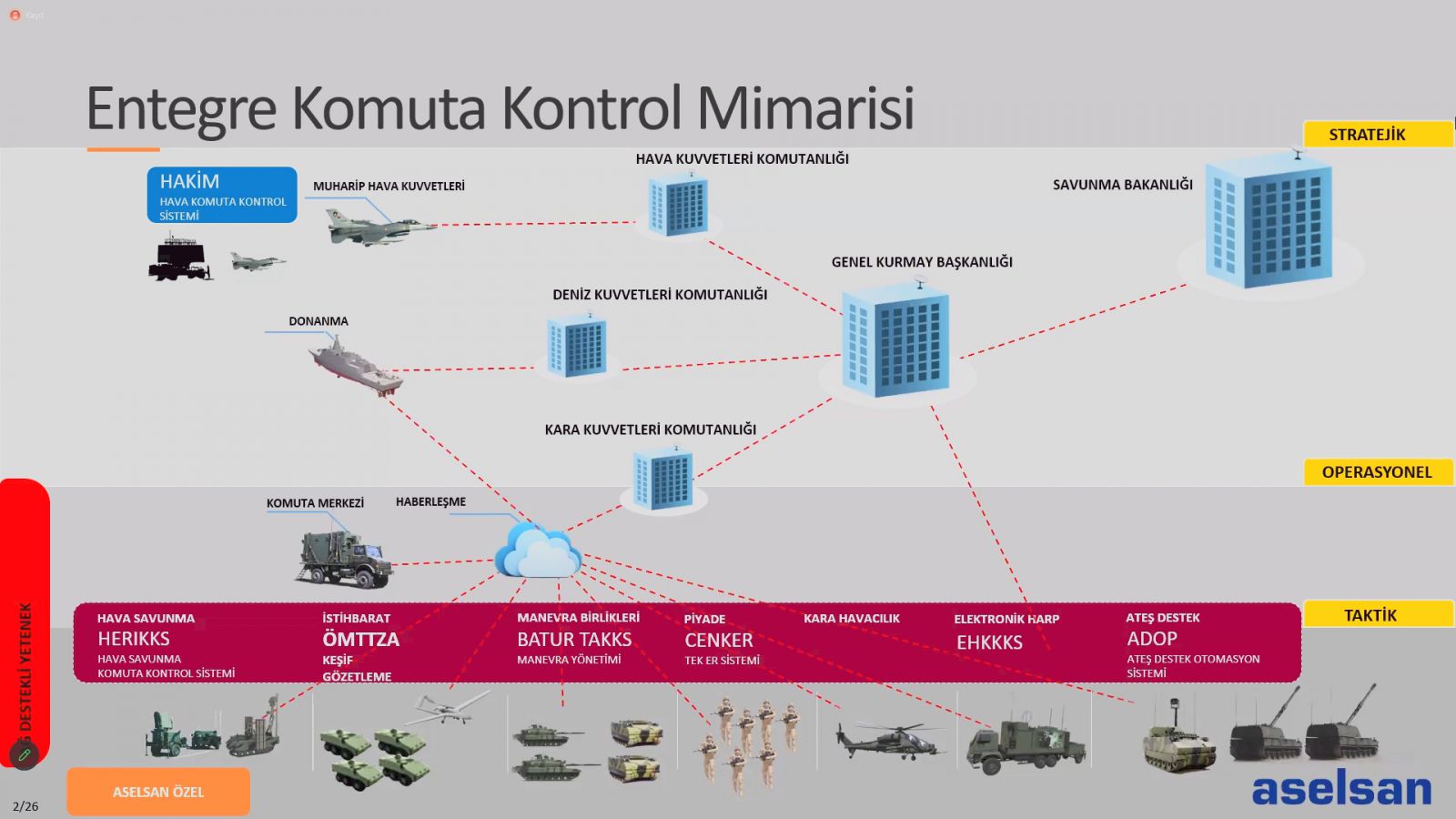
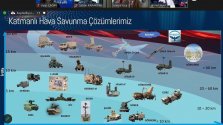
Siper Operational Concept:
.jpg)
Last edited:
@Stealthflanker here's something exciting for youPD 98, 790km track range for 31dBsqm target
@Stealthflanker could you calculate how the range would differ against other targets (like -30dBsqm, 0dBsqm) or with different PD?
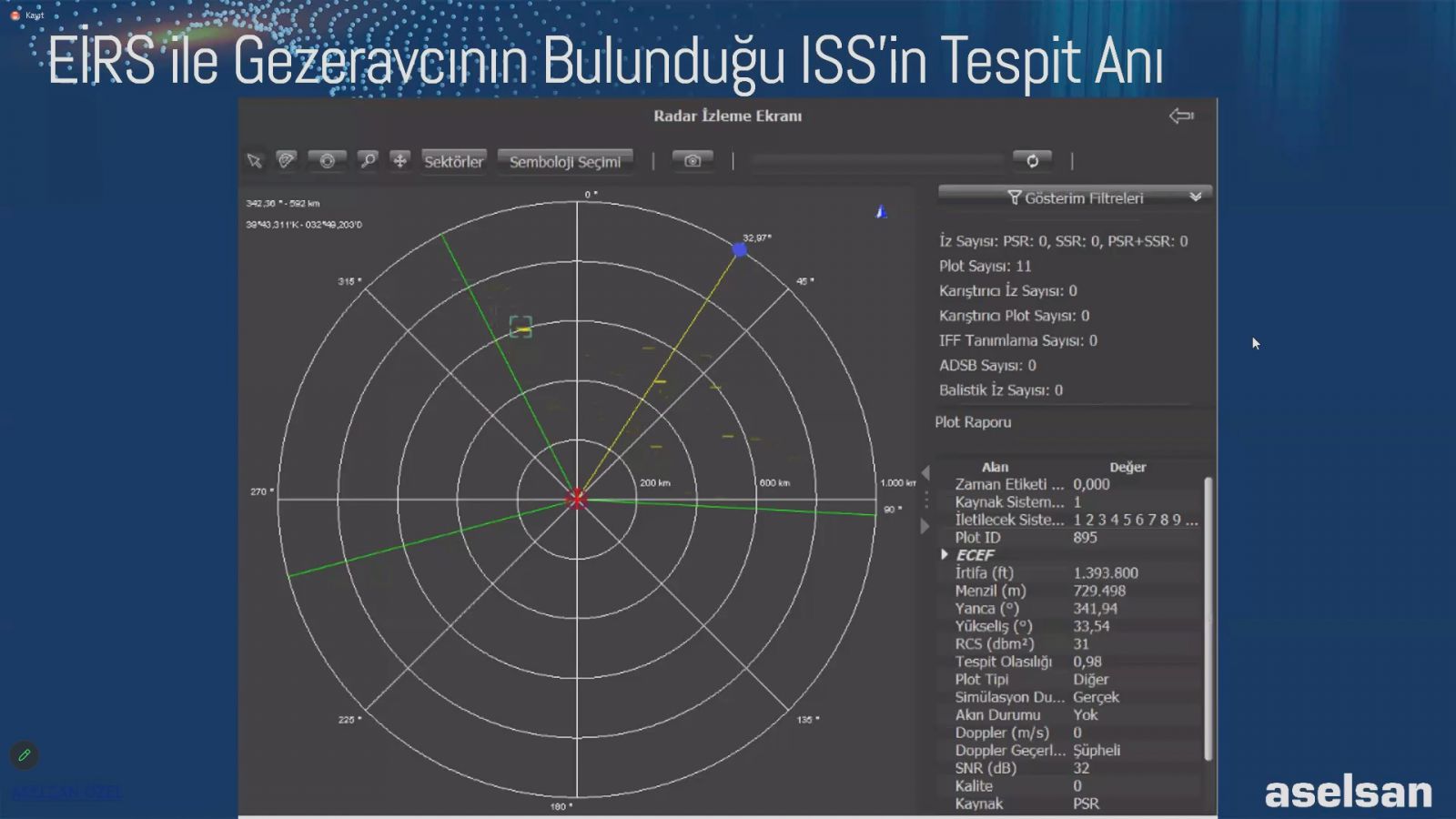
Turkish Navy Unveils the Aircraft Carrier Programme
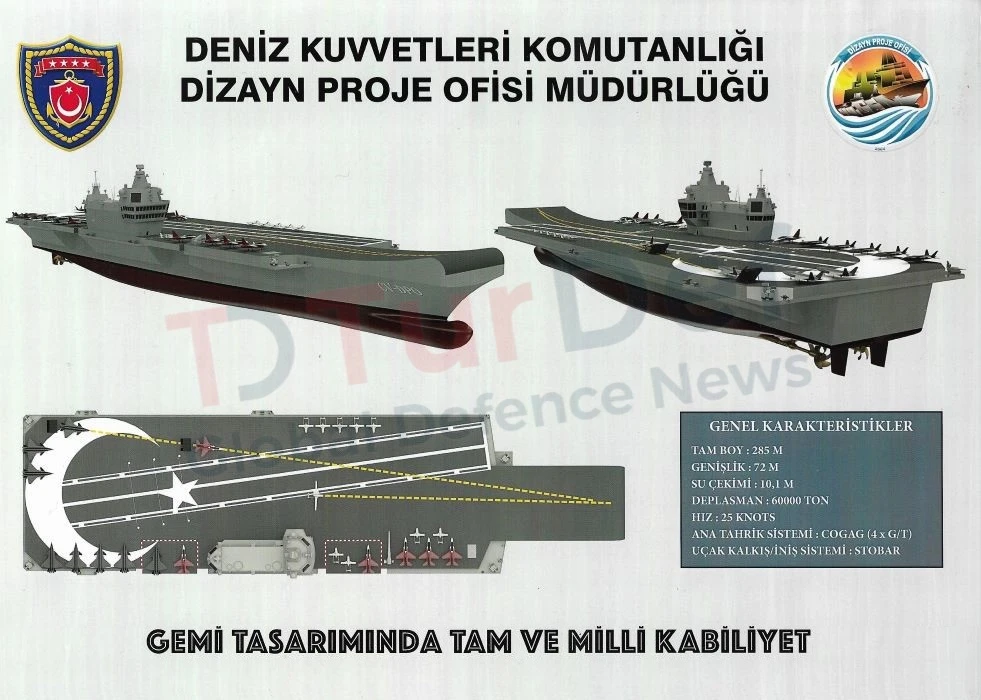
Following its reveal, TurDef visited the Turkish Navy Design Project Office (DPO) to learn about the latest updates on the aircraft carrier project. As TCG ANADOLU (L 400) is on its way to becoming capable of operating UCAVs, with the Bayraktar TB3 UCAV set to take off from the platform this year, the Turkish MoD has unveiled the conceptual design of the aircraft carrier to follow. The officials have stated on multiple occasions that they want to build an aircraft carrier larger than TCG ANADOLU (L 400). If a combatant naval aviation wing is a goal, an aircraft carrier that can smoothly operate dedicated combat aircraft is needed. TurDef learned about the latest developments in the project during a visit to the Turkish Navy’s Design Project Office.
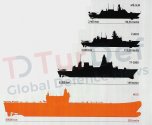
DPO is responsible for designing and simulating other naval projects like the MİLGEM and TF2000 destroyers with its capabilities. The carrier’s technical specifications were unveiled on various occasions. There aren’t any changes, with a length of 285 meters and a displacement of 60000 tonnes. The carrier will have Combined Gas Turbine and Gas Turbine (COGAG) propulsion to provide an uninterrupted maximum speed of 25 knots. The Design Project Office is considering having four LM2500 gas turbine engines, which are used on MİLGEM warships and DİMDEG logistic support ships, with onboard maintenance capabilities. Work on the design for the propulsion system is ongoing.
Additionally, CFD analyses for the lower hull are being made, particularly for the bulbes bow geometry. While the range is limited compared to nuclear propulsion seen on large-sized aircraft carriers like the U.S.’s Gerald R. Ford class and French Charles de Gaulle, COGAG is easier to develop and maintain. Not only is the Turkish Navy familiar with these gas turbines, but aircraft carriers with nuclear propulsion are also known to have lengthy and costly maintenance processes for their reactors.
The defensive armament consists of four CIWS, which appear to be GÖKDENİZ 35 mm CIWS of ASELSAN. It will have a 32-cell MİDLAS as VLS on the ship’s starboard. With its multi-faceted configuration, the main radar will likely be developed from the ÇAFRAD suite intended for TF-2000 destroyers.
The updated design has a more refined flight deck with an angled landing runway and two take-off runways for STOBAR operation. However, the officials stated that the flight deck design is being designed to be modular to allow for the installation of a catapult in the future. If this is achieved, it will be the first time a carrier has been designed in such a way. STOBAR is observed in Russian, Indian and Chinese aircraft carriers. As there isn’t a costly catapult, a runway with a curve on its end provides the short take-off. This directs the thrust from the engine upwards to support the lift from the wings till the aircraft reaches the needed speed for transition to level flight. As the simplest and cheapest solution, the carrier is planned to operate on the Short Take-off But Arrested Recovery (STOBAR) principle. The updated design aircraft were observed to have HÜRJET Light Combat Aircraft, KIZILELMA Unmanned Combat Aircraft, and Bayraktar TB3 UCAV. The officials also state that ANKA-3 is being worked on.
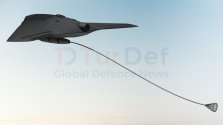
However, KAAN fighter jets are planned for the next phase. KIZILELMA, an unmanned combat aircraft with a low-observable design, has the potential to conduct high-risk missions without losing pilots. Additionally, thanks to onboard radar and electro-optics, the aircraft can act as a loyal wingman to manned aircraft by both carrying weapons and extending situational awareness.
Navalised HÜRJET, while not to be taken as a full-sized carrier-based fighter, can still perform air-to-air and air-to-surface missions with a loadout similar to KIZILELMA in the combat configuration. The design’s background as an advanced trainer also eliminates the need to develop a new carrier-based trainer.
ANKA-3, with low observability and longer endurance than KIZILELMA, is likely to have one or more of the planned missions onboard the aircraft carrier. The first ones are the initially announced missions like Deep Strike, ISR, and EW. The other mission, as reported by TRT News, is acting as a tanker for other aircraft. As full-sized tankers can’t always be near an aircraft carrier, ANKA-3 can fill this gap as a stealthy refuelling platform, much like the USN’s future unmanned tanker MQ-25. Turkish Aerospace (TUSAŞ) develops the Autonomous Wingman Concept (OKU) for ANKA-3, which reminds the loyal wingman concept. Aside from combat aircraft, Bayraktar TB3’s demonstrated long endurance of 32 hours and long range can provide a persistent ISR capability lacking by combat aircraft. Adding other sensors like SAR, AESA radar, and sonobuoys listed by Baykar can also open new possibilities.
To answer the question of how many aircraft would be carried if said aircraft were onboard, an infographic about the very subject points out 50 aircraft in total (30 in the hangar and 20 on deck).

An important portion of this number is likely comprised of Bayraktar TB3 UCAVs, and a few helicopters are guaranteed to be included. DPO is continually in talks with Baykar and TUSAŞ to develop their respective aircraft variants capable of operating from the carrier. When everything is summed up, the Turkish aircraft carrier is a pioneering design incorporating a hybrid manned-unmanned solution. Its modular design makes provision for CATOBAR operation. The ship can act as a power projection asset capable of conducting various missions with diverse aircraft options. The Turkish aircraft carrier is also a feat on DPO’s part in terms of engineering, with all its complexity, and the first in designing a carrier considered. An advantage of having a department of the Turkish Navy conduct the design lies in the fact that lowered bureaucracy traffic allows for smoother communication between the Navy and partnered firms.

